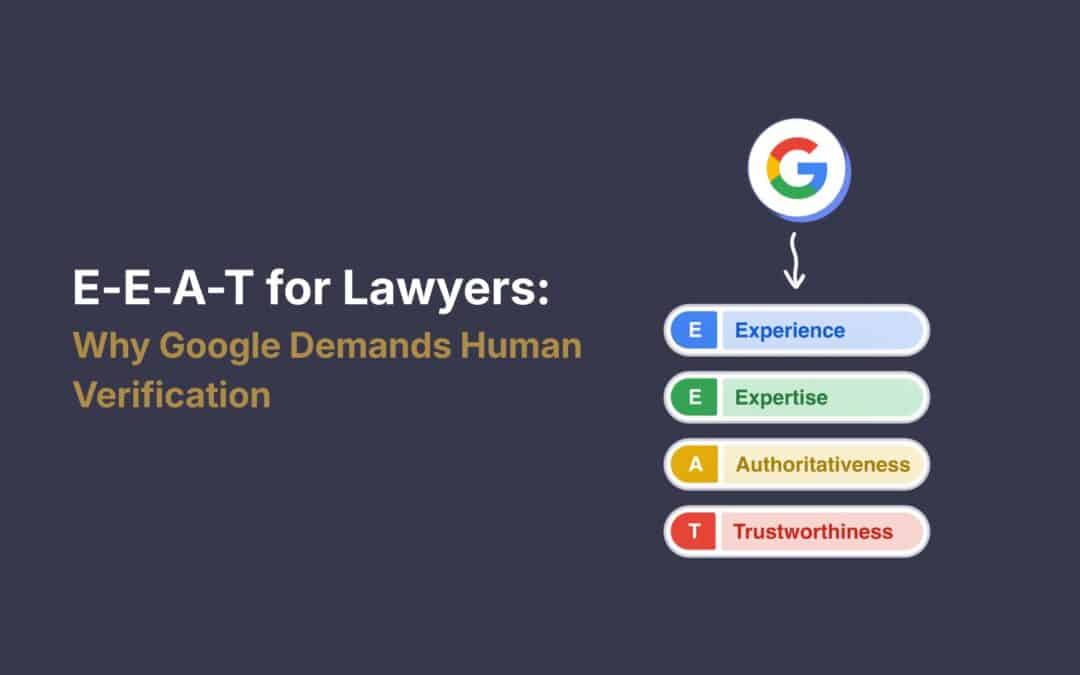Law firms that overlook SEO risk fading into obscurity. Potential clients increasingly turn to search engines to find legal services, making search engine optimisation (SEO) a cornerstone of any successful law firm’s marketing strategy. But effective SEO isn’t just about optimising your own website; it requires a keen understanding of your competitors’ digital strategies. Competitor analysis serves as a powerful tool to sharpen your firm’s SEO strategy and outpace rivals in the digital race.
Identifying Your Competitors
The first step in any competitor analysis is identifying who your competitors are. While this might seem obvious, it’s important to consider both direct and indirect competitors. Direct competitors are other law firms in your area practicing in the same areas of law. Indirect competitors might include legal directories, informational websites, or even blogs that rank for relevant keywords.
Local SEO plays a pivotal role here. Google’s algorithms are designed to prioritise locally relevant results for many searches. Consequently, focusing on your local competitors and ensuring your Google My Business profile is optimised is essential.
Keyword Research
Understanding the keywords your competitors are targeting—and ranking for—provides valuable insights into their SEO strategy. Several tools, such as Semrush and Ahrefs, allow you to conduct a competitor keyword gap analysis. This identifies keywords your competitors are ranking for that you are not.
More importantly, it helps uncover high-value keywords you might be overlooking. By incorporating these keywords into your content strategy, you can increase your visibility and attract more qualified traffic to your website.
Content Analysis
Evaluating your competitors’ content strategy can offer valuable lessons. Look at the type of content they are creating, the topics they are covering, and the platforms they are using. Identify gaps in their content that you can fill and opportunities to create superior content.
Remember, Google values high-quality, informative content that answers user queries. By creating content that is more comprehensive, engaging, and useful than your competitors, you can improve your chances of ranking higher in search results.
Backlink Analysis
Backlinks—links from other websites to yours—are crucial for SEO. They act as votes of confidence, signalling to search engines that your website is authoritative and trustworthy. Analysing your competitors’ backlink profiles can reveal valuable opportunities for building your own backlink strategy.
Identify websites that are linking to your competitors but not to you. These represent potential opportunities for outreach and link building. Additionally, look for high-quality websites in your industry that you can partner with to create mutually beneficial link-building opportunities.
Technical SEO Audit
A technical SEO audit examines the technical aspects of your competitors’ websites, such as site speed, mobile-friendliness, and overall site architecture. If your competitors’ websites are performing better in these areas, it could be impacting their search rankings.
Tools like Google’s PageSpeed Insights can help you analyse your website and identify areas for improvement. optimising your website for speed and mobile-friendliness can significantly enhance the user experience and boost your search engine rankings.
Tracking & Monitoring
Competitor analysis is not a one-time event; it’s an ongoing process. Search engine algorithms and competitor strategies are constantly evolving. It’s essential to regularly track your competitors’ performance and adjust your strategy accordingly.
Several SEO tools, such as Semrush and Ahrefs, offer competitor tracking features. These tools allow you to monitor your competitors’ keyword rankings, backlink profiles, and overall online visibility. By regularly reviewing this data, you can stay informed about your competitors’ activities and ensure your firm stays ahead of the curve.
Conclusion
In conclusion, competitor analysis is an indispensable part of any successful law firm SEO strategy. By understanding your competitors’ strengths and weaknesses, you can identify opportunities to differentiate your firm, improve your search engine rankings, and attract more qualified leads.
Remember, search engine optimisation for law firms is a marathon, not a sprint. It requires consistent effort, strategic planning, and a willingness to adapt to the ever-changing digital landscape. By utilising the tools and techniques discussed in this article, you can elevate your firm’s online presence and achieve sustainable growth in the digital age.











